Bev et al? Me AGAIN. Lamp type/height? Confused.
Abby Marshall
last year
last modified: last year
Featured Answer
Sort by:Oldest
Comments (12)
Related Discussions
Coffee grounds again.
Comments (12)Chopped celery can stimulate root growth naturally too, but that doesn't mean I'd consider it as a soil amendment in any of my soils. It's your call, and who am I to disagree with a master, but it doesn't make sense to me either - at all. Bonsai soils are all about structure. We take great pains to build porosity sufficient to ensure that we don't rot roots into our soils, so why would we add coffee grounds, a soil amendment we KNOW breaks down quickly, decreasing porosity and increasing water retention in the process? What could possibly be in coffee grounds that should tempt us to take the risk of having a sludgy layer of broken down coffee grounds at the bottom of our pots? Nothing I can think of that couldn't be supplied in a good fertilizer or by using a nutrient supplement to change (lower) the pH of the soil solution, which is where many issues re chlorosis lie; but there's more. Discussions across multiple forums frequently center on the question of adding dilute coffee/tea or used grounds to plants as a 'tonic', but Arabica (coffee) and Camellia (tea) are known for their toxic alkaloid (caffeine) content and their allelopathic affect on plants as well as autotoxic (poison to their own seedlings) effects on future generations. Caffeine interferes with root development by impairing protein metabolism. This affects activity of an important bio-compound (PPO) and lignification (the process of becoming woody), crucial steps for root formation. We also know that the tannins in both coffee and tea are known allelopaths (growth inhibitors). There are ongoing experiments to develop herbicides using extracts from both coffee and tea that cause me to want to say they might serve better as a nonselective herbicide than as a tonic. I would not use either on my plants; nor would I add tea bags/coffee grounds to my container soils - especially to my bonsai soils. Al...See MoreContainer Soils - Water Movement and Retention XIX
Comments (150)I'd chop 'em all off just above the crown and keep the soil damp, but not wet. WHILE you repot, it's important to keep the roots constantly wet. That means you need to be dipping them in a tub of water at least every minute, or removing the old soil with water pressure. The all-important fine roots dry out and die quickly unless you stay on top of keeping them wet. AFTER the repot, it's important that you keep the soil moist where it's occupied by the roots, That might mean watering every day until the roots start to colonize the deeper part of the pot. Other than that, you'll need to get a feel for how many fine roots you must leave to support the water needs of the top of the plant. I regularly remove up to 90% of a plant's roots during a repot and I almost never ever lose a plant unless it blows out or an animal helps it out of the pot. Al...See MoreTea, China, Noisette, et al. Experiences and Recommendations
Comments (21)Baronne Prevost could probably be trained on a pillar but it is fiercely prickly - the big, pointed kinds - I would not want to be the one to tie it up! We have Mme Joseph Schwarz growing in almost total shade in the Sacramento cemetery where it stays clean and blooms. I'm pretty sure it's a sport of Duchesse de Brabant since it sometimes throws pink flowers, but it performs much better. DdB gets mildew here, too, although our summer heat discourages it so the mildew is spring and fall. I heard a European speaker (don't remember who) extoll Mme Joseph Schwatz's virtues as a much superior plant to DdB, and that's been my experience too. Some teas are big. Some are huge. Mrs. Dudley Cross is in that category. Mme Antoine Mari is the closest to a moderate-sized tea that I've encountered but even that is building in our garden. Anita...See MoreAnyone willing to photoshop some curb appeal for me?
Comments (123)MetroMom- FYI: There is a post on the remodel forum from someone who bought a home with a painted brick exterior. I remebered reading it so I searched and found it! You may want to read his post before you proceed. I know you mentioned something about a concern re: possible transfer in future. http://ths.gardenweb.com/forums/load/remodel/msg021538463187.html?9 Hope this helps! Here is a link that might be useful: ideas for improving exterior of this house...See MoreAbby Marshall
last yearlast modified: last yearAbby Marshall
last yearAbby Marshall
last year
Related Stories

DECORATING GUIDES5 Decorating Tips for Getting Scale Right
Know how to work art, sectionals, coffee tables, lamps and headboards for a positively perfect interior
Full Story
KITCHEN DESIGNThe 10 Most Popular Kitchen Photos of 2016
Fall in love with classic styles and materials all over again — and see what’s cooking for the new year
Full Story
DECORATING GUIDES13 Decorating Tips for Short-Term Renters
Mirrors, curtains, lamps and other features set a stylish tone you can take with you
Full Story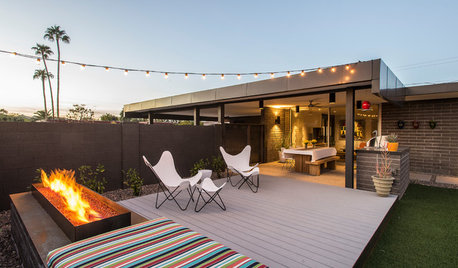
MIDCENTURY HOMESHouzz Tour: Rethinking a Midcentury Modern Icon
In Phoenix, a Paradise Gardens subdivision home designed by noted modernist Al Beadle gets a thoughtful update
Full Story
DECORATING GUIDESPop Culture Watch: 12 Home Trends from the '80s Are Back
Hold on to your hat (over your humongous hair); interior design elements of the 1980s have shot forward to today, in updated fashion
Full Story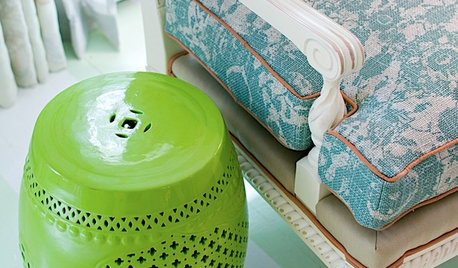
DECORATING GUIDESThe Most Helpful Furniture Piece You May Ever Own
Use it as a table, a seat, a display space, a footrest ... and indoors or out. Meet the ever-versatile Chinese garden stool
Full Story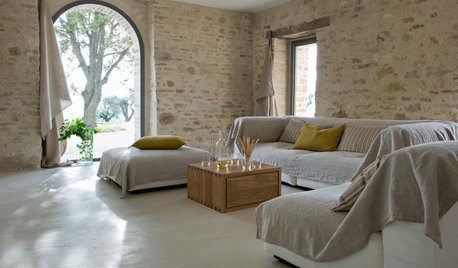
DECORATING GUIDESHow to Get Authentic French Style in Your Home
Move over Shabby Chic and French Provincial. These myths and realities reveal the real look of French decor
Full Story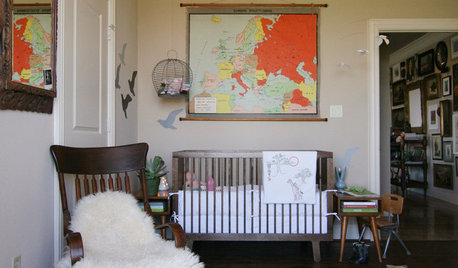
DECORATING GUIDES10 Popular Home Design Trends — Timely or Timeless?
Weigh in on whether these of-the-moment decorating elements will have staying power or become a memory of these times
Full Story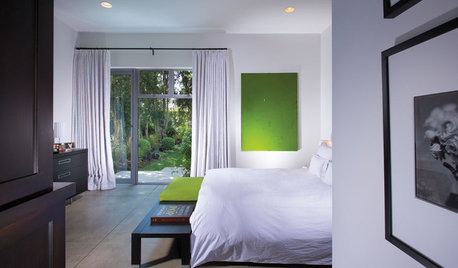
MOST POPULARThe Unexpected Color That Goes With Everything
Move over, beige. Green is staking its claim as the freshest neutral around
Full Story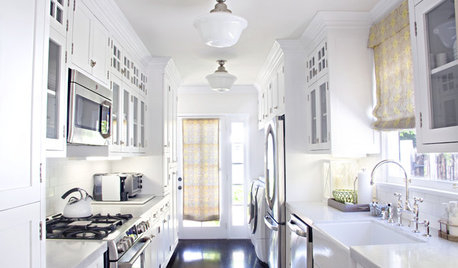
LIGHTINGWhy It’s High Time to Reconsider Flush-Mount Lights
Look past your negative perceptions and see how versatile these lights can be
Full Story


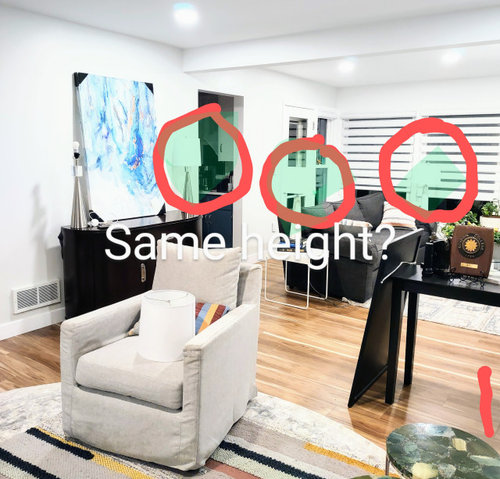
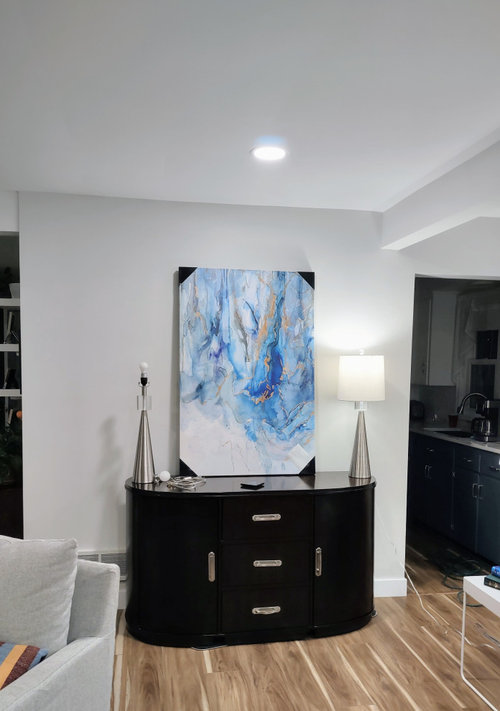
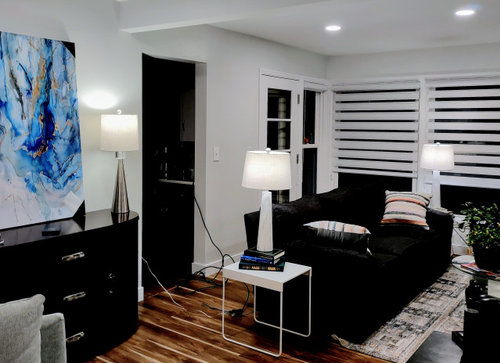
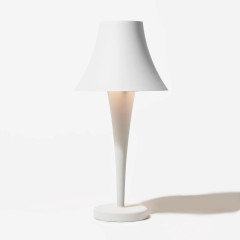
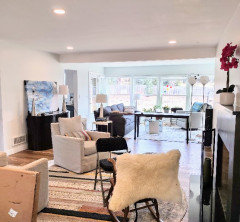
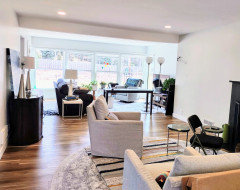
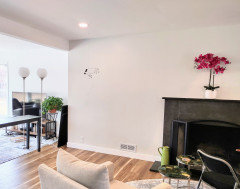
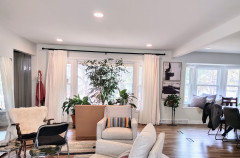
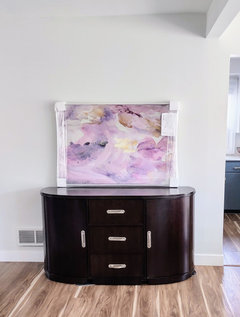
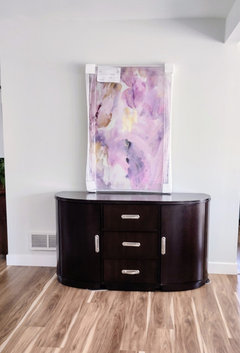
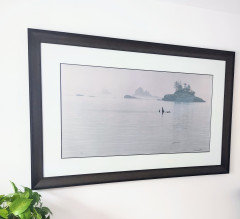
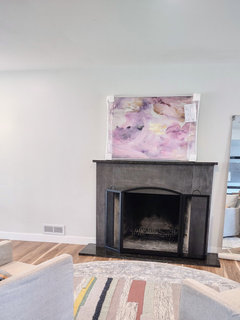
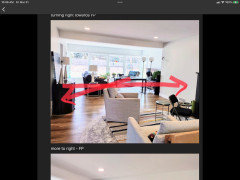


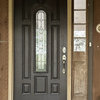

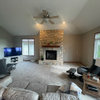
Home Interiors with Ease